The period between The Great Depression and Post-WW2 America was a sobering time for the American people.
People were often desperate, jaded, and disillusioned in the Great Depression due to the lack of means to provide for their families, per the Queensland Art Gallery | Gallery of Modern Art. Meanwhile, people living in Post-WW2 (or Postwar) America are most likely paranoid and afraid of what the Cold War may bring despite America winning in WW2, per the Library of Congress.
These feelings significantly influenced Hollywood (or Hollywoodland) at the time. As a result, it gave rise to the film noir genre that mixes these feelings to provide entertainment filled with crime, greed, anxiety, disillusionment, mistrust, and cynicism.
While film noir already gave way to the passage of time, its contribution to cinema inspired the development of similar media in other industries. These include the development and release of one video game called LA Noire.
The City of (Fallen) Angels
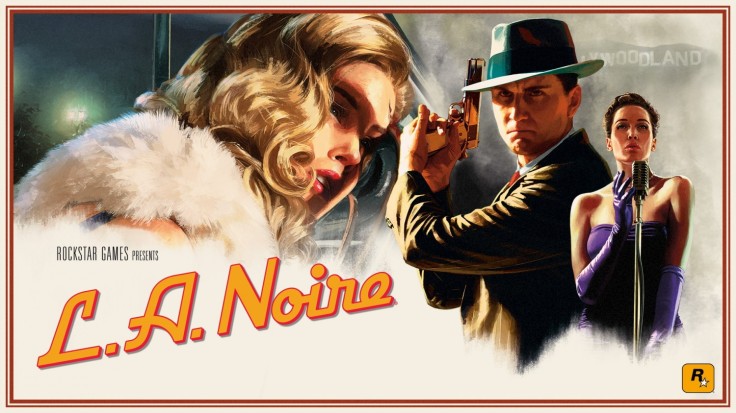
LA Noire is an action-adventure neo-noir crime video game developed by Australian game developing studio Team Bondi and published by Rockstar Games for seventh-generation gaming consoles in 2011.
The game occurs in the late 1940s, just after World War 2. It tells the story of war veteran and LAPD officer Cole Phelps, whose initiative and go-getter attitude allows him to rise the ranks and become a detective months after joining the force.
However, with this promotion, Phelps will soon realize that not all is well in the City of Angels and that not everything is as it seems. Getting promoted to detective is one thing; staying as one (alive, preferably) is another matter entirely.
Press X To Doubt
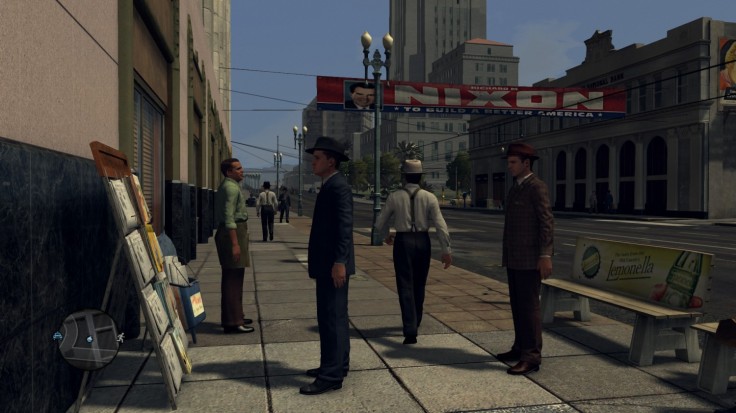
LA Noire's gameplay is familiar and unique at the same time. Being a Rockstar game, it shares similarities with the games in the GTA and Red Dead franchises. However, instead of being an outlaw/criminal, you are a detective whose duty is to protect, serve, and solve cases.
Players can control Detective Phelps however they want. However, the game is somewhat scripted to be linear, wherein the best way to play the game is to prioritize solving the cases Phelps faces and then exploring Los Angeles in open-world mode.
Much like in any crime investigation, players must collect and examine evidence found at a crime scene before they can pursue a lead. These leads tend to involve some questioning, which is where the game excels.
Team Bondi utilized MotionScan technology, a brand-new scanning method in the early 2010s, to accurately show an actor's facial movement. Thanks to this, players can spot if a character is lying or telling the truth.
Normally, games that have players determine if an NPC is lying use funny facial expressions to indicate they're lying. This isn't the case with LA Noire; thanks to MotionScan technology, NPCs have realistic expressions to show the player, blurring the line between truthfulness and deceit.
Not every "suspicious" expression will mean an NPC is lying, and not every "truthful" expression means an NPC is telling the truth. Players must consider the NPC's background and involvement in the investigation before they can say whether they were lying.

Determining if an NPC is lying or not is easy after some time. However, the game adds a twist. Players have three approaches to choose from Truth, Doubt, and Lie (Good Cop, Bad Cop, and Accuse in the remastered version).
If an NPC is being truthful, players must choose Truth (Good Cop). If an NPC is lying, the player must determine if they can prove they're lying.
If an NPC seems to be hiding something or trying to be vague about something, players must choose "Doubt" (Bad Cop) to call them out. If an NPC is outright lying based on evidence collected at the crime scenes players have visited, then players must choose "Lie" (Accuse) to make the NPC tell the truth.
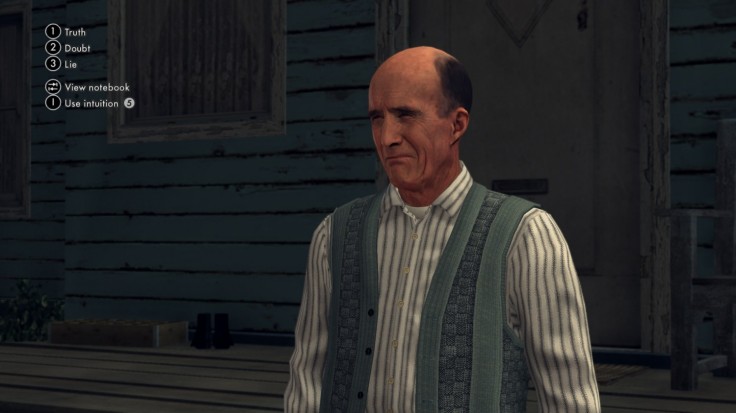
Unfortunately, it can be difficult to tell if someone is bluffing or lying. In that case, if an NPC is lying, but players can't prove it using collected evidence, they must choose Doubt. Thankfully, successfully questioning or interrogating someone increases players' detective level, giving them points they can use to help them determine if an NPC's statement is false or a bluff.
Players can use these detective points in various ways. They could remove one of the three approaches or show how many people chose one of them, like in "Who Wants to be a Millionaire's" "Ask the Crowd" lifeline.
While failing a questioning, interrogation, or even a case can happen, the game doesn't penalize you for trying again and replaying them from the start. Thankfully, replaying the game's cases can be avoided using the detective points players earn. However, relying on this mechanic only prevents players from experiencing the game the way it should be.
Most cases in LA Noire end with an interrogation. However, there will be times when firearms are needed to resolve them - a weak point in LA Noire's gameplay.
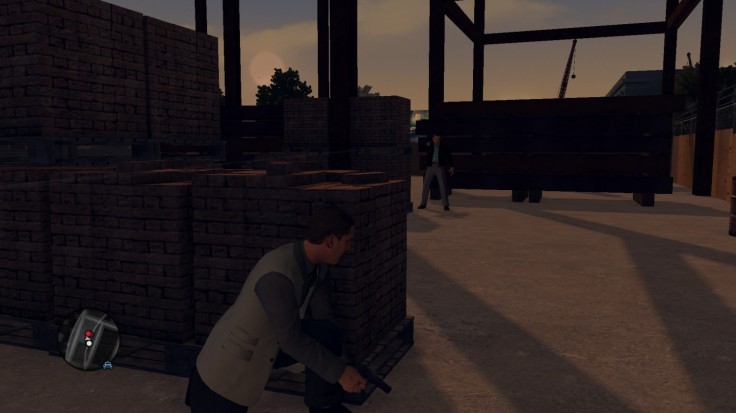
Unlike in GTA and Red Dead games, La Noire limits players to a pistol or one of two police-issued firearms - a shotgun and a Thompson M1 submachine gun. While Phelps always carries his service pistol, the submachine gun and Ithaca M37 shotgun are stored in a police car's trunk, which can be unreachable during intense shootouts.
Players can pick up firearms from fallen enemies, but they, like the Ithaca M37 and Thompson M1, have limited ammo - pistols don't.
Additionally, LA Noire's gunplay leaves a lot to be desired. Unlike in GTA and Red Dead games, players are stuck with stiff controls regardless of aim assist. Leading your shots can feel like a chore, while enemy fire feels laser-focused sometimes.
Exploring 1940's La-La Land
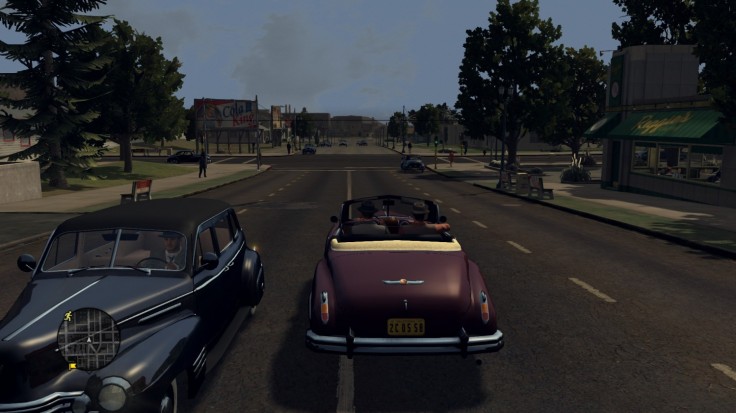
Despite La Noire's dated look, it has one of the more accurate portrayals of the city of Los Angeles during the late 1940s. Players can drive police cars and commandeer various civilian vehicles ranging from trucks to the sports utility cars of the time.
Players can also visit the various landmarks in the city and explore their interiors. There is even a case requiring you to visit five of these locations to solve it.
As for immersion, Rockstar painstakingly created radio stations for players to listen to if they so wish. However, they can't change the radio stations like in GTA games; nevertheless, the game's soundtrack can also give players that late 1940s feel with its jazz noir music, just like in the many noir films that exploded in popularity.

Completing cases and gathering collectibles allows players to dictate what Phelps wears on his investigations. Some are for cosmetic purposes only, while some give him special bonuses.
Players can access these outfits directly from the game's main menu, while players can view the vehicles they drove during gameplay in the game's vehicle showroom.
Conclusion
LA Noire is a great game to exercise your brain with, thanks to the questioning and critical thinking you must do to solve cases. If you fancy yourself a sleuth and want to try your hand at solving crimes as realistically as possible, then this game is your huckleberry.
Related Article : Revisiting Heavy Rain - Interactive Drama at Its Best









